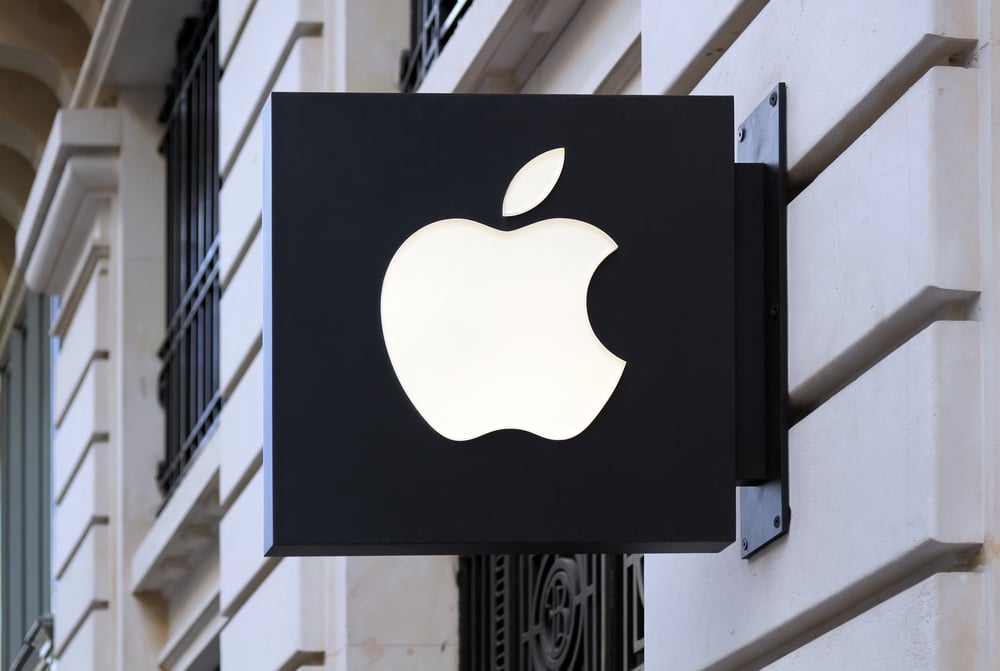
The concept of wearable tech is not a new one. It's been around for years, nudging into decades. While it's not likely to reach the “it'll replace the smartphone” levels of projective frenzy that it once held, it's still proving that it's a concept that shouldn't be taken lightly. How do we know? A recent report from Apple (NASDAQ: AAPL) told us as much in no uncertain terms as Apple's wearable tech division is now outpacing revenue for the desktop Mac line.
Don't Call It a Comeback
It helps, certainly, that Apple's wearable tech market is actually part of a catch-all market, which carries the name “Wearables, Home and Accessories”. This includes a range of product options including the Apple Watch and the AirPods line of wireless headphones, which makes for an excellent opportunity to blow up the market by selling lots of different things at once. Tim Cook made it clear enough in his remarks; the Wearables, Home and Accessories market contained a number of “must-have holiday gifts”, including both of the aforementioned gadgets.
Yet the differences in the two markets is night and day. While Mac made a respectable fortune for Apple at $7.1 billion, the Wearables, Home and Accessories market took in $10 billion in revenue. That's better than a third more for the wearables et al market, and getting pretty close to half.
You may think at this point that the “home and accessories” part was what carried the wearables market back to a new glimpse of glory, but that'd be incorrect. Cook himself noted that Apple Watch sales hit a record in this time frame. Cook even pointed out that, if Apple were just the wearable gear—which here also includes Beats headphones—Apple would still be a Fortune 150 company thanks to roughly $20 billion in revenue per year.
Only So Much Growth Here
Not to take anything away from the wearables et al market, but there are some key factors holding it back. Without question, Apple's biggest revenue generator is the iPhone, which pulls about 60 percent of the company's total revenue. The wearables et al market, meanwhile, accounts for about 10 percent.
What's more, Apple's wearables et al market depends pretty heavily on the iPhone to work in the first place. Apple Watches won't work with any other phone—not even that high-end Samsung—and AirPods are specifically geared to work best with iPhones, though they'll do the job as straight-up wireless headphones.
However, the wearables et al market is doing something unexpected, and something that the iPhone itself isn't doing so well: it's bringing new customers into the Apple walled garden. When the iPhone makes new sales, it's either a current Apple customer upgrading or the occasional lateral movement from Android. This is especially an issue in developed markets, where the last 10 years or so has split most everybody off into one camp or another. Apple Watch, however, doesn't have that problem, at least for now; back in the last quarter, three out of four Apple Watch customers were buying their first Apple Watch.
Has The Growth Already Tapped Out?
This is great news for Apple, and make no mistake. It suggests that there are plenty of people out there who still have an interest in wearable tech. While this market hasn't always produced winners, there's certainly potential here. Anyone remember Google (NASDAQ: GOOGL) and its attempt at wearable tech, the Google Glass? Remember how many people got beat up for wearing one because the folks doing the beating thought they were being spied on?
Moreover, one of the biggest statistics here is also one of the biggest limiting factors to growth. Remember how we found that 75% of those who bought an Apple Watch did so for the first time? Now ask yourself: how many will do it again? There's not much reason to buy a second Apple Watch, aside from the occasional breakdown. However, if Apple can get users into the iPhone-style “buy a new one every year” market pattern, this could be good news for Apple going forward.
Either way you slice it, this is good news for Apple. With the iPhone starting to drag a bit—the boost from 5G might only prove temporary—Apple needed some new hits to make it viable as a hardware maker. With an entire division to draw from and make new must-buy products out of, Apple may have addressed one of its biggest shortfalls and given it a new opportunity to run in the broader tech market.
Before you make your next trade, you'll want to hear this.
MarketBeat keeps track of Wall Street's top-rated and best performing research analysts and the stocks they recommend to their clients on a daily basis.
Our team has identified the five stocks that top analysts are quietly whispering to their clients to buy now before the broader market catches on... and none of the big name stocks were on the list.
They believe these five stocks are the five best companies for investors to buy now...
See The Five Stocks Here
With average gains of 150% since the start of 2023, now is the time to give these stocks a look and pump up your 2024 portfolio.
Get This Free Report